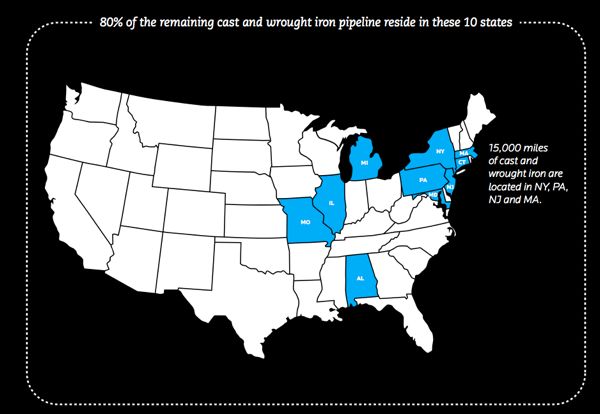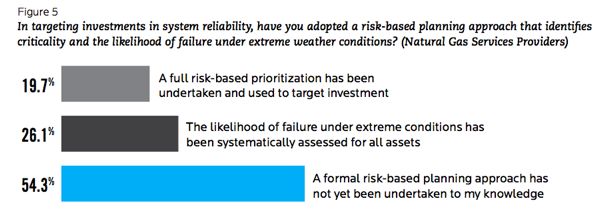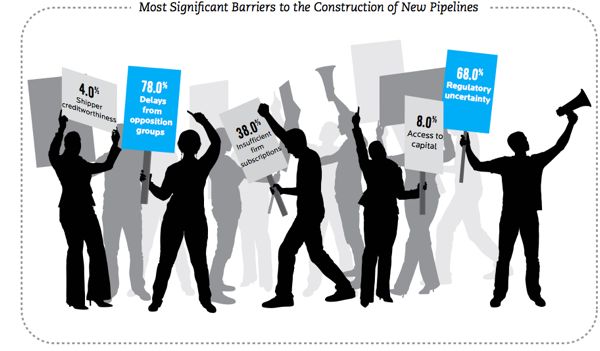The Forgotten Florio Environmental Legacy
NJ’s Last Liberal Governor
Florio knew how to Govern and use State planning and regulatory powers in the public interest
Former Governor Florio was in Trenton last week for a press conference, which I wrote about briefly regarding his energy policy legacy (see this).
During Florio’s remarks, he reflected on his own accomplishments – implicitly criticizing the huge failure of Gov. Christie who has done nothing but roll back environmental protections – by mentioning three towering achievements he is generally well know for.
The first was the federal Superfund law, where Florio is well recognized as a key sponsor and champion of toxic site cleanup.
The second was the Pinelands Act, that he is less well known for, while Governor Byrne tends to get the credit.
But Florio sponsored the federal Pinelands National Reserve legislation, which was enacted by Congress before and was the impetus for the NJ Pinelands Act.
Florio connected that past to today’s controversies by recalling that the Pinelands were created in response to the threat of pipelines from proposed off shore oil drilling to Delaware River refineries.
The third was the less well known Clean Water Enforcement Act, which set mandatory penalties for violations of water pollution permits that had gone unenforced by DEP for years.
But Florio had other huge achievements that were national models for environmental policy at the time.
Florio gets virtually no credit for any of them today – so here they are:
Pollution Prevention Act
The Paradigm Never Shifted – Promise of Pollution Prevention Act Betrayed
In 1991 – the NJ Legislature passed the Florio administration’s groundbreaking Pollution Prevention Act (PPA).
The NJ law built on an expanded the federal Emergency and Community Right to Know Act of 1986 (EPCRA).
The NJ law also built on and expanded the federal PPA law.
The federal Pollution Prevention Act (PPA) of 1990 (42 U.S.C. §13101 et seq. (1990)) was a paradigm shift in the control of pollution (and hazardous waste). Previous environmental laws and regulations emphasized what are known as “end of the pipe” pollution controls in individual air, water and waste permit programs.
The PPA concept moved the control of pollution upstream in the manufacturing process to prevent the waste from being generated in the first place. The PPA also created a “Facility-wide” permit process, to avoid the bureaucratic “silos” of individual air, water and waste permits, and the shifting of pollution from one environmental media to another: air to water; water to air; land to water, etc.
The NJ PPA expanded on this federal law. The NJ PPA implemented the concept of “source reduction” in waste production upstream by requiring affected companies to develop and submit a 5-year pollution reduction strategy and file a Release and Pollution Prevention Report (RPPR). The NJ Release and Pollution Prevention Report collects data for New Jersey Right to Know Act (NJRTK).
The key policy reform was to require industry to reduce the use of toxic chemicals.
The Act was supposed to usher in a new era of “toxics use reduction” and force the chemical industry to consider safer alternatives and less hazardous substitute products, processes, and chemicals.
While the law mandated that industry prepare the pollution prevention plans, Section 35 of the Act gave DEP a hammer to mandate implementation of the pollution plans in the various DEP air and water pollution and waste management regulatory program permits.
The industry viewed the act as an existential threat, and lobbied vigorously behind the scenes to kill it in its crib.
Industry won: DEP never adopted regulations to implement this authority to require that pollution prevention plan reductions be enforced via DEP permits. Thus, the promise of the Act was never realized, as industry went back to business as usual.
Subsequent governor’s – Whitman and now Christie – issued Executive Orders that reverse NJ’s historical leadership and effectively no longer allow NJ DEP to enact more stringent requirements than federal minimums.
Solid Waste Source Reduction – Huge Increase In Recycling Rate – from just 25% to over 65%
As I wrote in the post on Florio’s energy legacy, he issued Executive Order #8, which did far more that create the Emergency Solid Waste Assessment Task Force. He also issued EO#91 which promoted recycling.
Under the policy and planning process created by Executive Order #8, Florio fundamentally changed NJ’s solid waste policy, including a new emphasis on “source reduction”, materials management, and maximum feasible composting and recycling.
Florio created a Statewide Solid Waste Plan whereby the State DEP would take the lead in policy and planning under a State Plan, a huge reversal from the prior County dominated approach.
That leadership is what designed the successful and popular recycling program we now have – which effects virtually every home and business and institution in NJ’s 566 municipalities.
Unfortunately, however, for similar reasons the Pollution Prevention Act was killed in its crib, the DEP’s spild waste “source reduction” policy was killed by industry opposition.
They industries saw it as a huge expansion of DEP power into their manufacturing operations, akin to the model in Germany, where industries are required to take responsibility for the waste that results from their products and therefore have incentives to design products to reduce waste.
It didn’t happen here. Huge missed opportunity.
Killed Expansion of The Garbage Incineration Industry In NJ
Finally, Florio killed the incineration industry in NJ.
At the time, DEP had approved 21 county incinerator based plans, several had been built or under construction or too far along to be stopped (I’m thinking Essex, Union, Warren, Camden) and several had received DEP permits and sold bonds.
Florio did this via his moratorium in EO #8 and new policies in DEP’s Statewide Solid Waste Plan.
Those new planning policies included considering the incineration technology an “option of last resort” that was required to show consistency with new aggressive source reduction and recycling goals. In addition, any incineration project had to be regionalized.
Florio strategy deployed executive orders, DEP planning and regulatory powers, BPU public utility powers, Department of Community Affairs Local Finance Board powers, and even Department of Treasury State Procurement powers to implement his policies.
Enforce The State Plan In DEP Regulatory Programs
Florio was a champion of land use planning – he issued Executive Order #114, designed to implement the NJ State Plan throughout State government.
That was a particularly bold challenge at DEP, where for the first time a larger planning vision and framework were used to guide DEP planning, regulations, and permit decisions.
That EO led directly to the Watershed Planning program, another progressive innovation that was killed by political opposition and later hijacked by the Whitman Administration, including the CAFRA “reforms”.
Here is the EO:
1. All State Departments and agencies shall:
a. Adopt and incorporate as part of their agency programmatic mission, policies which comport with the State Plan and act in a coordinated fashion in investing resources at the State and local level in implementing the State Plan and achieving their programmatic missions.
b. In their joint endeavors to implement the State Plan together with the State Planning Commission, encourage growth and development and direct infrastructure to locations and in patterns recommended by the strategies and policies contained in the State Plan.
c. Adopt policies which facilitate the establishment of development “centers” and encourage development which is consistent with the policy objectives of “planning areas” which constitute the “resource and management structure” of the State Plan.
d. Participate and cooperate with the Office of State Planning in its review and assessment of the functional plans of the departments or agencies, including, but not limited to water supply, natural resources, air quality, energy, open space and historic conservation, affordable housing, transportation, airport systems and rail systems, and encourage interdepartmental and interagency participation on advisory bodies related to policy and plan development to assure coordination in the implementation of the State Plan.
e. Support the Office of State Planning in the fulfillment of its statutory responsibilities with respect to its planning activities, including but not limited to, the legislatively mandated infrastructure needs assessment, monitoring, and evaluation program.
f. Collaborate in data base development and the exchange of information among departments and agencies, and establish appropriate institutional mechanisms, including data compatibility, to assure that data base development and the exchange of information occurs.
g. Coordinate efforts with the Office of State Planning to assist municipalities in gaining designation of development “centers.”
h. Coordinate efforts with the Office of State Planning to assist distressed cities in developing Strategic Revitalization Plans.
i. Report to the Governor and Office of State Planning on June 1, 1994, and every six months thereafter, on their efforts in furtherance of this Order.
Conclusion
Florio was perhaps NJ’s last Governor that knew how to Govern and used State planning and regulatory powers in the public interest.
That is an essential legacy that no one wants to talk about – sadly, not even Florio himself.
In his remarks, Florio went out of his way to criticize those who “seek to use old tools to solve new problems” – thereby rejecting the essence of his own powerful legacy, which is still relevant today.




